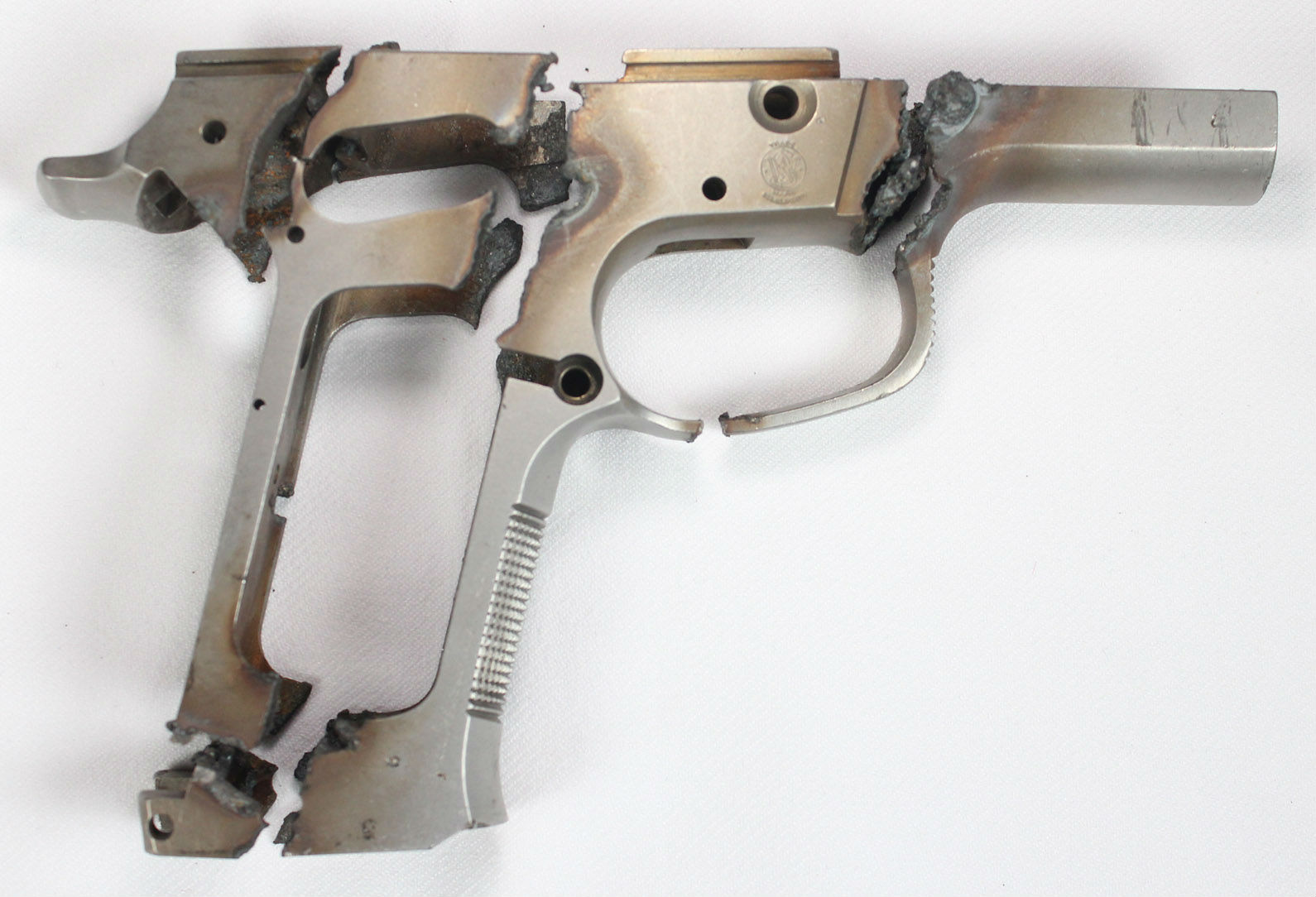With the downturn in the economy and shrinking tax dollars, law enforcement agencies are searching for new sources of funding for needed equipment. PoliceTrades.com is helping law enforcement agencies find additional revenue through the trade of department firearms. Whether it be duty firearms, confiscated guns, or restricted Class 3 weapons, PoliceTrades.com is turning obsolete firearms into new equipment.
The PoliceTrades.com trade program is simple and completely free for law enforcement agencies. A list of firearms the agency is looking to eliminate is obtained and sent to the PoliceTrades.com bid network of Federal Firearms Licensed dealers (FFLs) for pricing. By using multiple vendors, PoliceTrades.com can obtain the highest trade value for the firearms. The highest bid is then presented to the agency for review. Once the bid is accepted, the agency ships the firearms directly to the FFL for resale. Payments are then made to the agency or to any vendor of the agency’s choice like Action Target. By paying a vendor directly, PoliceTrades.com ensures the money obtained through the traded firearms is used for the equipment needed by the agency.
For example, your police department could be in need of outfitting its outdoor shooting range with additional targets or equipment, but not have the funds to do it. Instead of trying to raise the money or fighting with local government to increase funding, you can turn obsolete firearms into credit with Action Target or any other vendor you choose. Action Target has been a corporate partner with PoliceTrades.com for the last few years and encourages law enforcement clients to utilize this opportunity to get the quality equipment and targetry they need to train effectively.
Many agencies are burdened with large inventories of confiscated and surrendered firearms. Evidence rooms fill up and agencies need a solution to eliminate this excess inventory. PoliceTrades.com offers several solutions to deal with confiscated firearms. One option, PoliceTrades.com can bid on the firearms as they would duty weapons, where they would be resold through licensed firearms dealers.

The destroyed frame of an S&W 4006.
Another option is the parts stripping and destruction program. With this program, agencies can get paid while having the firearms destroyed. This is accomplished by stripping the guns of the valuable parts (i.e. slide, recoil springs, grips, magazines) and having the serialized frame of the firearm destroyed. This ensures the firearm will never be used again, yet provides funding with the parts value. The agency is also provided with a certified letter, detailing the serial numbers of the firearms and the date they were destroyed.
Class 3 firearms (select-fire and short barrel rifles and shotguns) are another area where PoliceTrades.com can help you obtain revenue. Some agencies are under the impression that these guns can only be transferred to another agency. Through their Class 3 FFL dealers, PoliceTrade.com can purchase transferable Class 3 firearms for resale value and non-transferable firearms for parts value and destruction. PoliceTrades.com will handle all of the ATF Form 5 transfer paperwork.
PoliceTrades.com is the industry leader in the firearms trade business and can help your agency find untapped revenue sources. For more information, you can contact them directly via phone at (636) 536-2288 or mailto: Bids@PoliceTrades.com.












 JASON SNELL
JASON SNELL